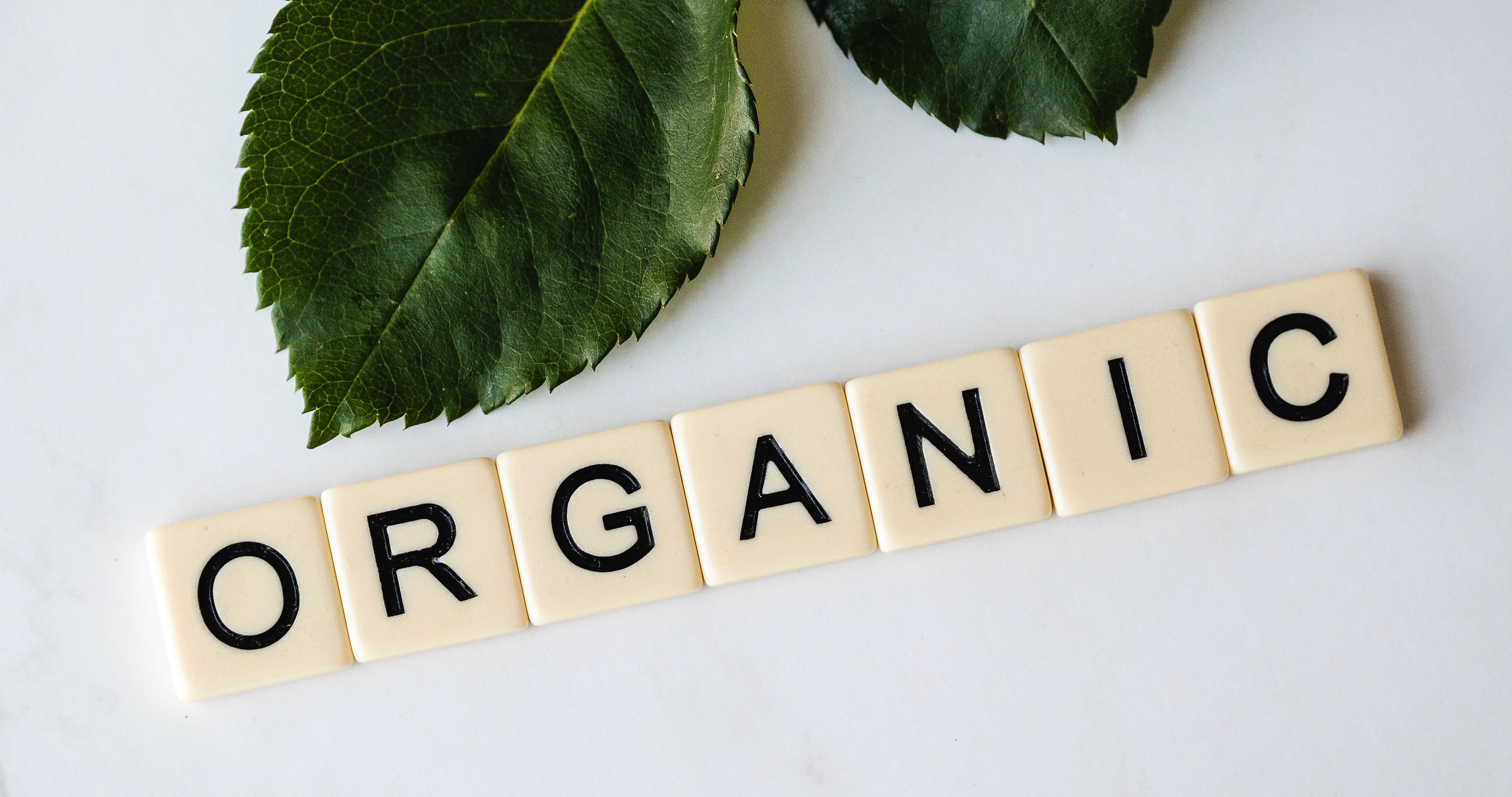Sugar-free, natural flavors, organic - the food industry has a way of decorating food packages to make them appear healthy. They use certain key words and post them in either big bold print, so you don’t feel bad buying it or hide it under the façade of something else, so you don’t realize what it is that you’re actually buying. It’s an all year April Fool’s joke, but here are some things to look out for when reading food labels.

All Natural – The only things that are all natural are more than likely not going to be in a package. The Food and Drug Administration, FDA, has a way of interpreting certain ingredients and including them in the “all natural” category. As long as it doesn’t contain added colors, flavors or artificial substances it can be all natural. However, high fructose corn syrup is not healthy nor is it natural, but companies can argue that because it comes from corn it’s included as all natural.
Sugar Free Or No Added Sugar – So you found something that contains sugar free or no added sugar on it and breathe a sigh of relief you’re able to have your cake and eat it too…Not so fast. No sugar added doesn’t account for the sugar that’s already in a product. Fruit, vegetables, cereal and milk all have sugars in them. The carbohydrates – simple sugars and complex starches - already in a product can raise your blood sugar. And sugar free is a fancy way of saying sugar alcohols which contain sometimes twice as many calories as sugar and if eaten in excess can cause diarrhea.

(Photo by Fuzzy Rescue from Pexels)
Organic – The regulations for labeling something as organic is when the 95% of the ingredients were grown or processed without synthetic fertilizers or pesticides and if the label says made with organic ingredients then 70% of those ingredients must meet that standard. Even with this description, organic doesn’t mean low calorie, low fat, low sugar, etc. these products can be organic but not healthy.
Fat Free – A package containing the fat free claim is free of trans and saturated fats, which are associated with several health risks, but, again, just because it’s free of fat does not make it immune to a number of other ingredients that are just as bad for you. Compare a label of fat free to one without, you may be surprised that the sugar or calorie content is just as bad or worse.
Multigrain – Carbs shouldn’t be thrown to the wind because you’re watching what you eat, but the kind of carbs you eat make a big difference. Multigrain sounds like something you should be eating, because grains are good, but not all grains are created equal. When buying bread look for labels that read 100% whole grains. Whole grains contain more fiber and nutrients than multi-grain or made with whole grain items that where the most nutrient part of the grain has been removed.
Serving Size – A serving size is how much of an item contains what’s listed on the label. It could be a tablespoon or a cup, depending on the product, but another way the industry fools you is by making their serving sizes unrealistic so you think it doesn’t contain as much sugar, fat or calories as what it actually does. If you’re eating the recommended serving size for ice cream, you’d have one ½ cup scoop, but most people don’t have just one scoop and can easily triple the number of calories, sugar and fat in one sitting. Be sure you’re paying attention to the serving size and make sure you keep it realistic if you’re keeping track.
Unfortunately, the standards of food labels bend to the food companies producing the food rather than the consumers. This makes it so important to pay attention and understand what you’re reading so you’re not being misled into buying something that doesn’t work for your goals.



